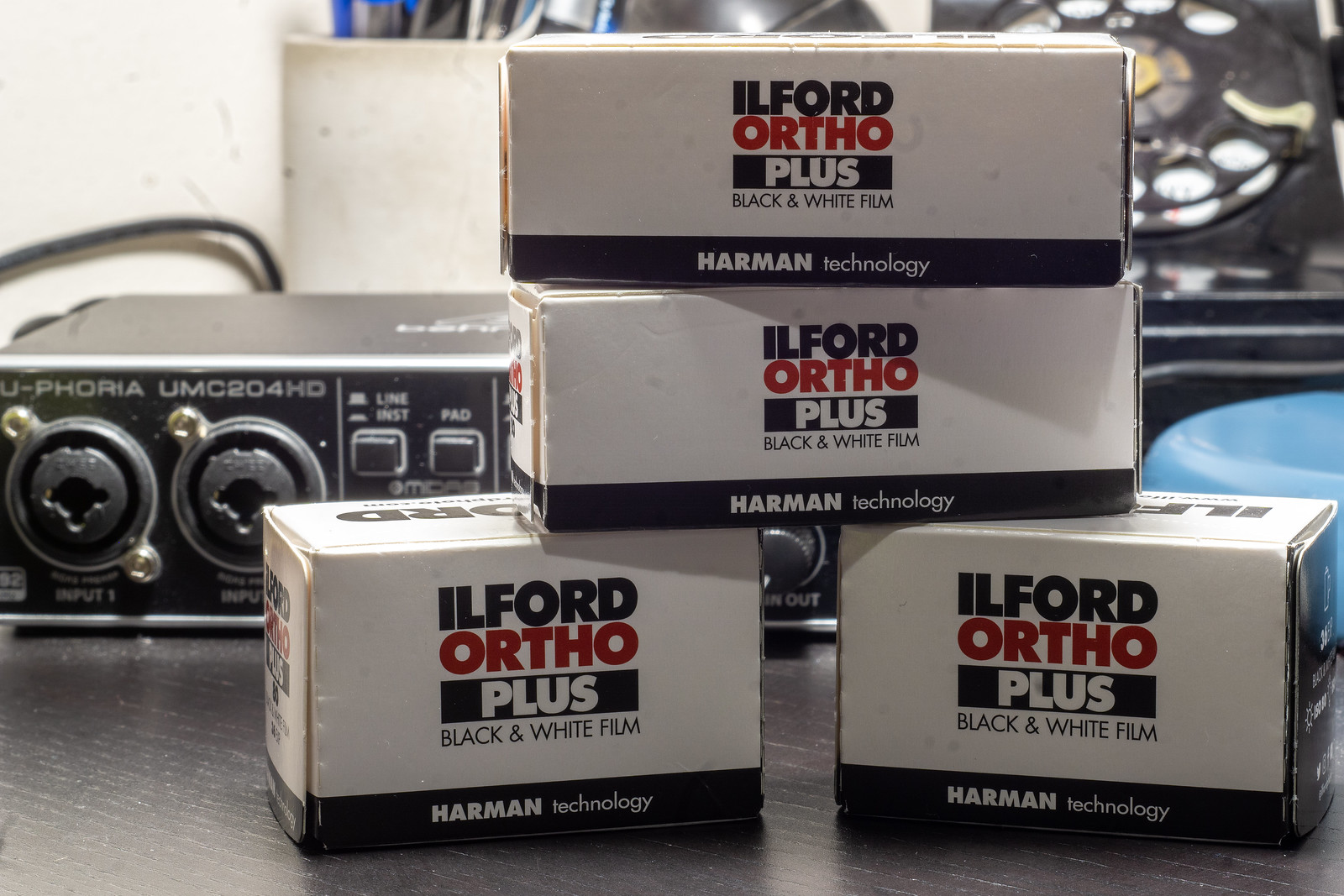While Ortho 80 Plus might appear to be a new film, it isn’t a new film. I’m surprised I missed reviewing the film earlier in this series. I skipped over a film I had shot in the past for a good two years. And thinking back that doesn’t surprise me; the film never made much of an impact. But also the film was, until recently, only available in 4×5. But I also only shot a single box of the stuff back in 2014. The results were excellent, and it was the first time shooting an ultra-low ISO film and one that had no set film speed for a developing combination, a strange experience for sure. Skip ahead to the fall of 2019 and Ilford began to hint on some new products. It was at a rest stop somewhere in Michigan while my wife and I were on our way to Chicago. I popped onto Instagram to check on the Ilford page to share the new products on the CCR account. And sure enough one of the announced products is Ilford Ortho 80 Plus; it took a while to figure out that the announced film was the same as the Ortho Copy Plus. And while many were not as happy with the idea, I thought highly of it, it isn’t a new film, but it opens up its use by a broader range of photographers who only shoot roll film such as 35mm and 120. Now, I’m going to correct a mistake two years in the making.
Film Specs
Type: Orthochromatic B&W
Film Base: Acetate
Film Speed: ASA-80, Latitude: 6-80
Formats Available: 135, 120, Sheets
Roll 01 – Kodak D-76
I am certainly glad that for the first roll in the review, I got to shoot on a sunny day. Having shot the film in dull weather (where it performed wonderfully) seeing the film in full daylight is a real treat. While I didn’t shoot the film behind a filter, you do get some darkening of the skies. The contrast is a perfect middle ground, not too high, not too low. Everything is lovely right across the tonal range with dark blacks and bright whites. There is a bit of grain, nothing overly distracting plus it maintains a beautiful sharpness. The film is far sharper than I expected for a film developed in D-76.
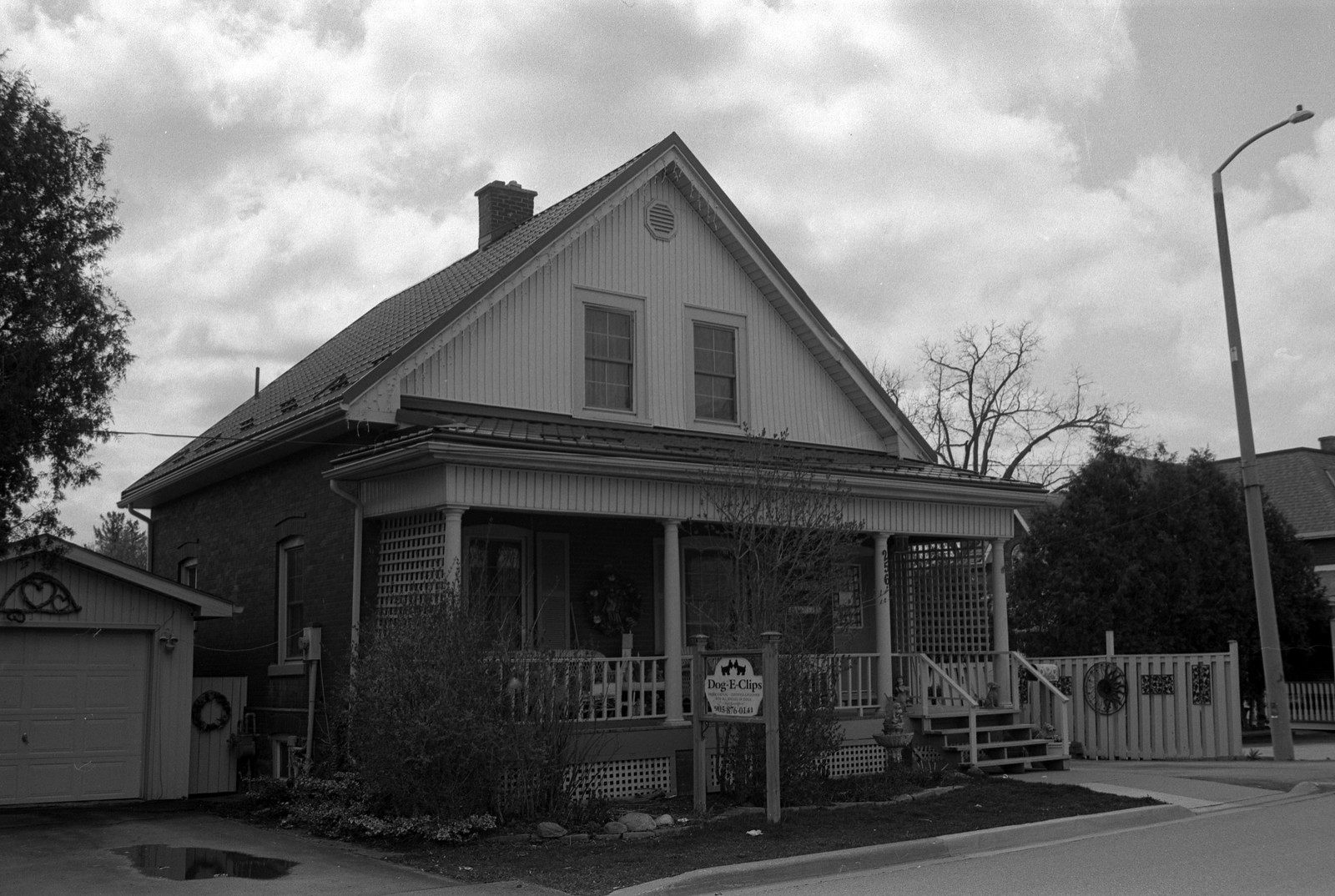
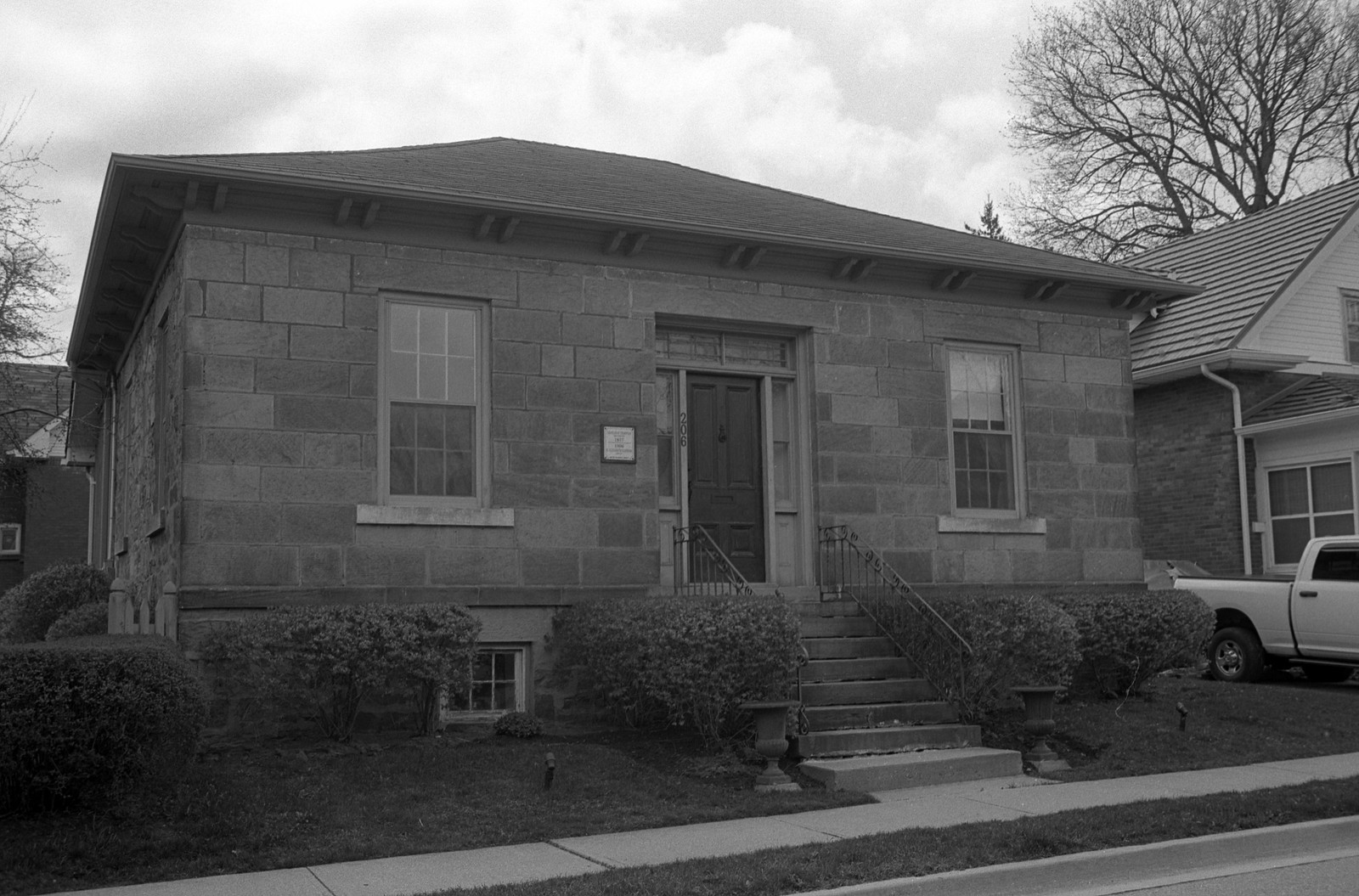


Roll 02 – Kodak HC-110
The first roll of Ortho Plus I shot I developed in HC-110, but using the standard Dilution B. I liked the results, and it solidified the need to run the film through an official review. But I didn’t know how good the film looks when you drop the dilution from B to H and double the processing time; the word is smooth. It probably helped that I shot in medium format, but man you get the see what Ortho Plus can do. You get dark blacks and clean whites, and then all the shades of grey you want. Even the grain is smooth here yet the images remain a clean level of sharpness. Yeah, I like these shots.
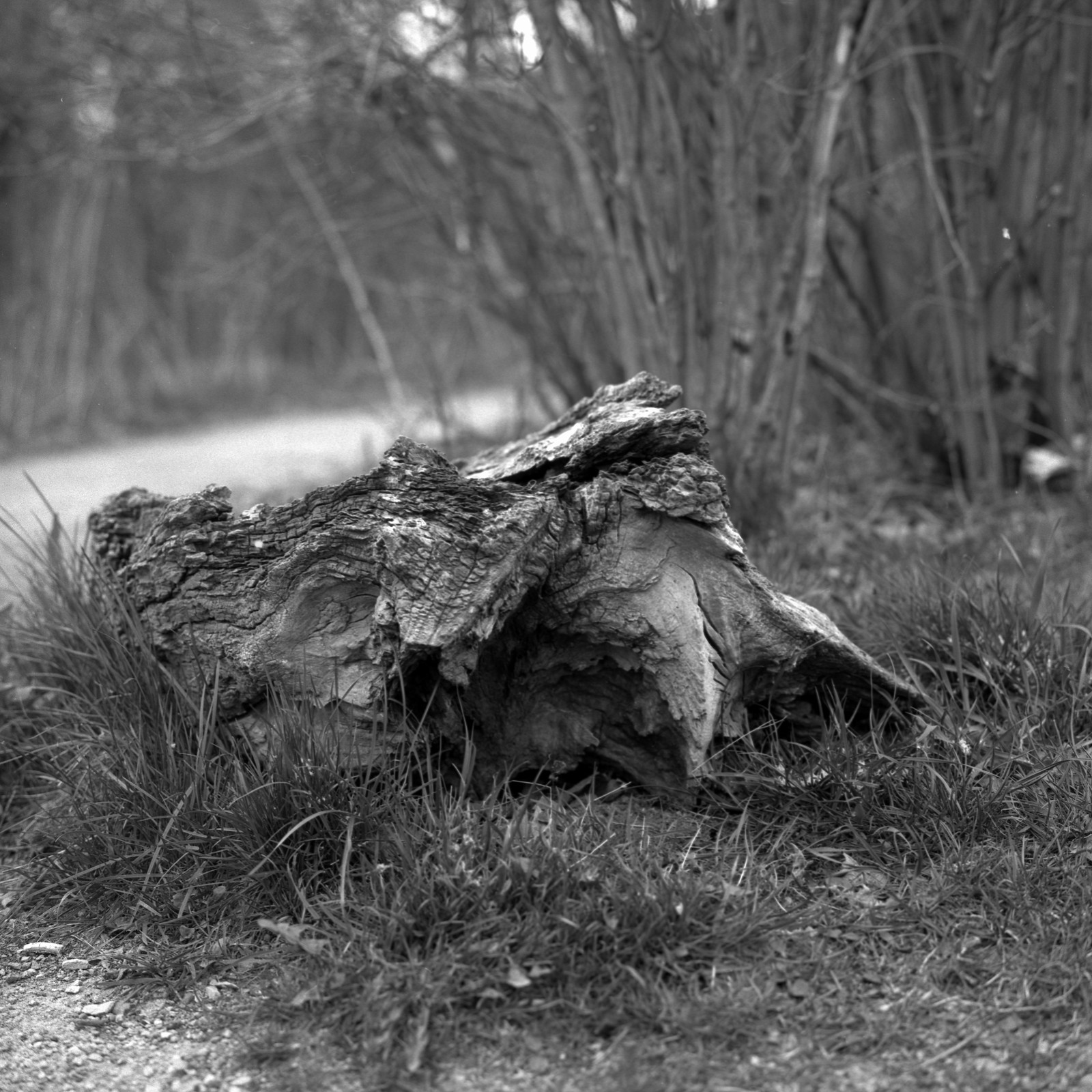

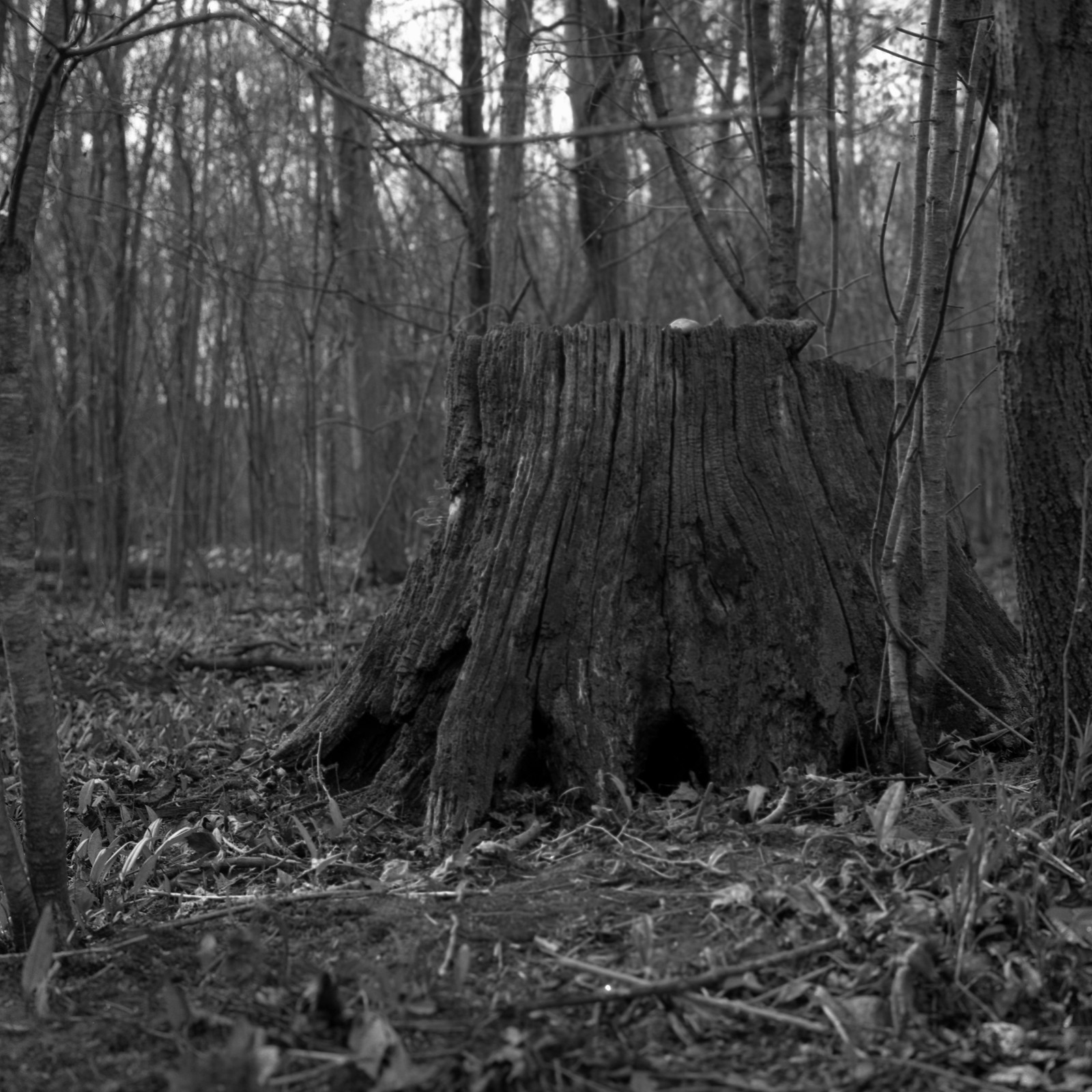

Roll 03 – Rodinal
I’ll admit these aren’t my favourite, but there’s nothing wrong with them either. I think it has to do with how sharp the images are. I mean these almost seem overly sharp, too sharp if you catch my drift. And despite being a low ISO film, there is certainly an uptick in the grain in the negative space. What’s more interesting is when I tried the film using 1+25, I didn’t notice such an increase. That said, there’s nothing wrong as the film still performs amazing, excellent tones, and a moderate increase, in contrast, this would work in a pinch, but I feel it would be best to use Rodinal when you’re in flat diffused light over bright direct sunlight for best results.


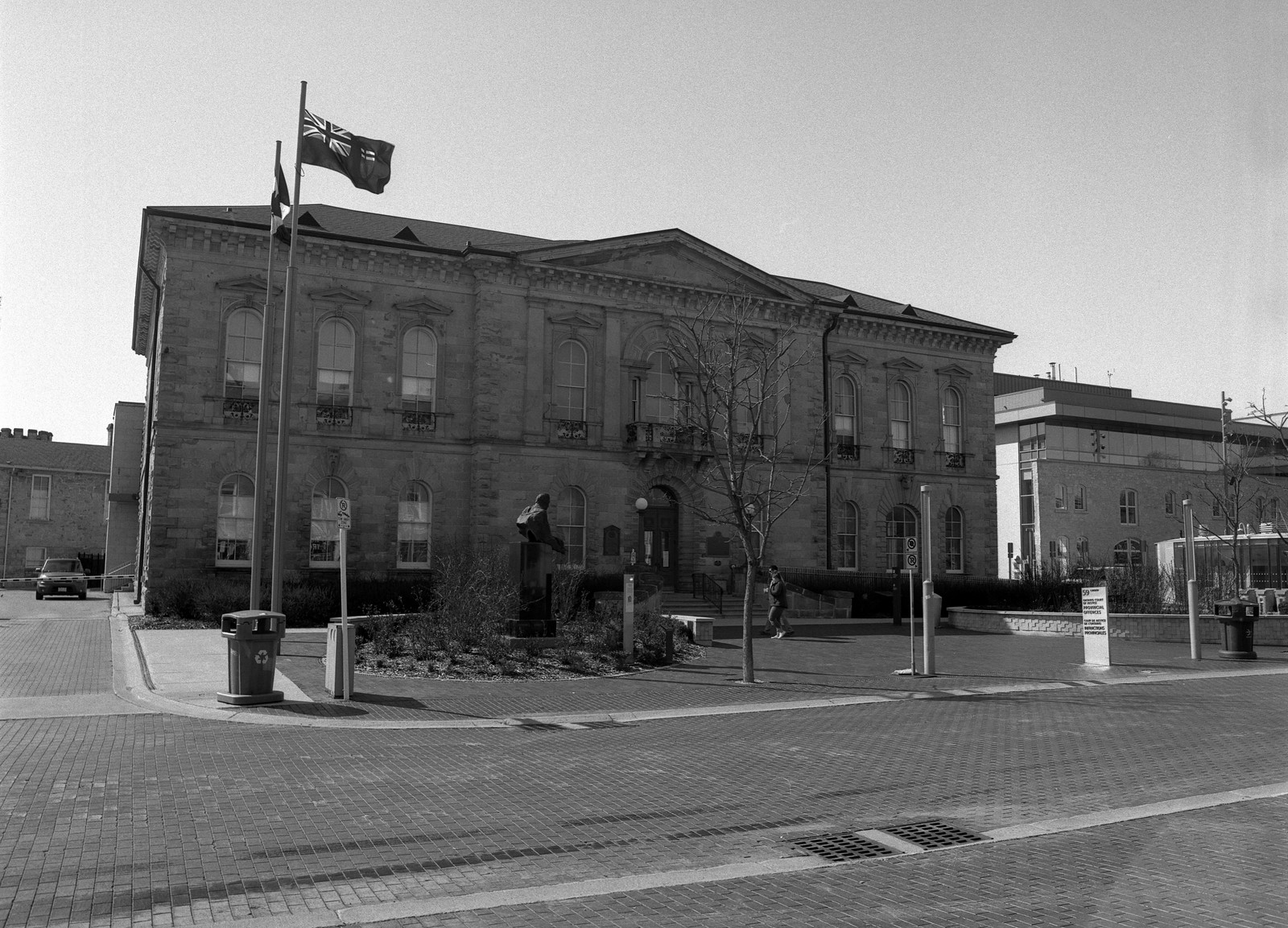

Roll 04 – Ilford Microphen
I have a feeling that I should have used Perceptol for Ortho Plus rather than Microphen. While I do use Microphen for those films just above the slow and only at the cusp of fast, Perceptol has always done better for slower films. Don’t get me wrong; there’s nothing terrible about how Microphen rendered the film. The tonality is fantastic across the board (the Yellow-12 filter added little) and excellent contrast. While the images remained sharp, there is a bit of an increase in the amount of grain, especially in the negative spaces. Again, it will work in a pinch but would not be my first choice.

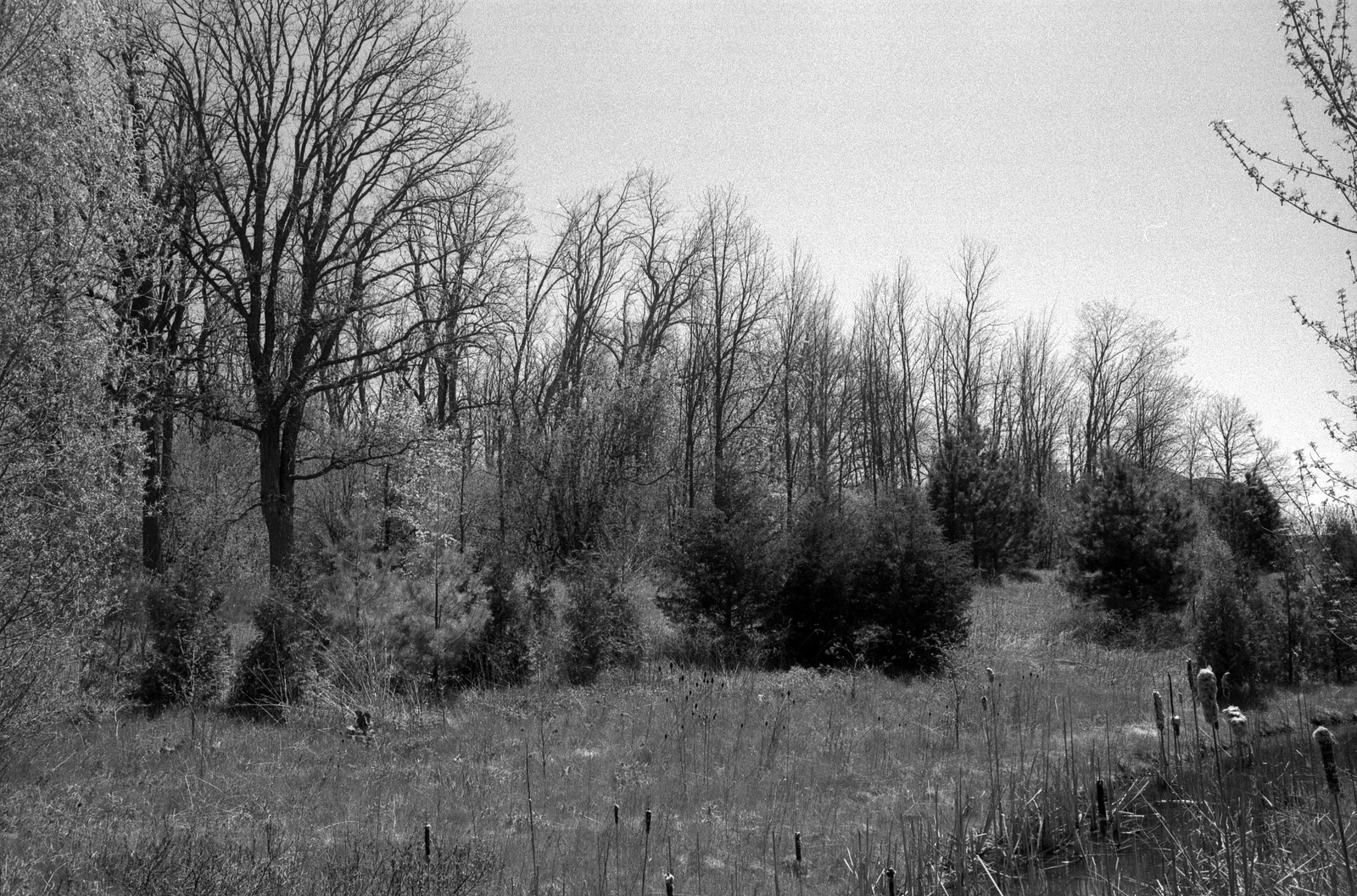


Final Thoughts
Would I reshoot Ortho+, for sure, I can honestly see this being my first choice for summer films over Ilford Pan F+, and there is certainly more the explore. I do want to try reshooting the film in 4×5 and trying it behind some different contrast filters (Deep Yellow, Orange, and Red). Plus certainly, explore more developers like Perceptol and try to come up with some idea of Pyrocat-HD. Also of all the ASA-80 film out there (P30, Retro 80s), this one delivers without a gut-punch of contrast. But when I do reshoot the film, it will mostly be in 120; it certainly performs far better in larger formats than in 35mm. The one thing I failed to test with Ortho Plus is how well it handles the ultra-low film speeds. In the past, I shot the film down to ASA-6 just to see if I could. I do plan on testing this out with the roll film format by running through a series of film speeds on a single roll then developing all at once. Most likely in Kodak D-76 as that was the developer that had the big question mark next to it on the massive development chart. Ilford Ortho Plus is easily obtained through most speciality camera stores, while not the cheapest film on the market, it is another fun film that I can see myself using again.
